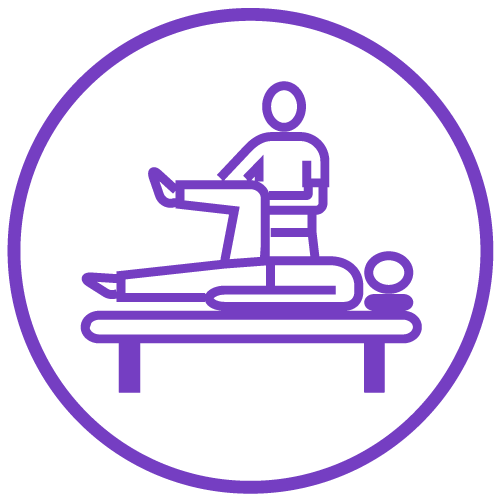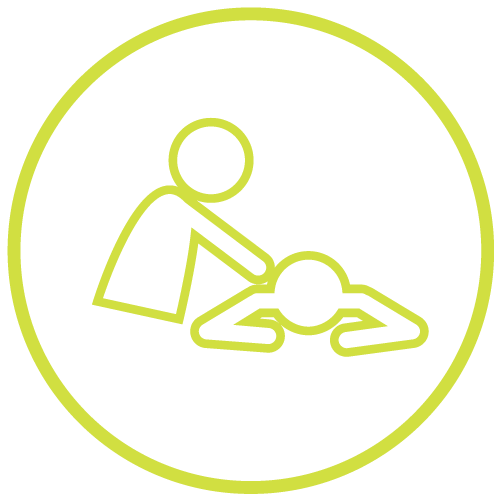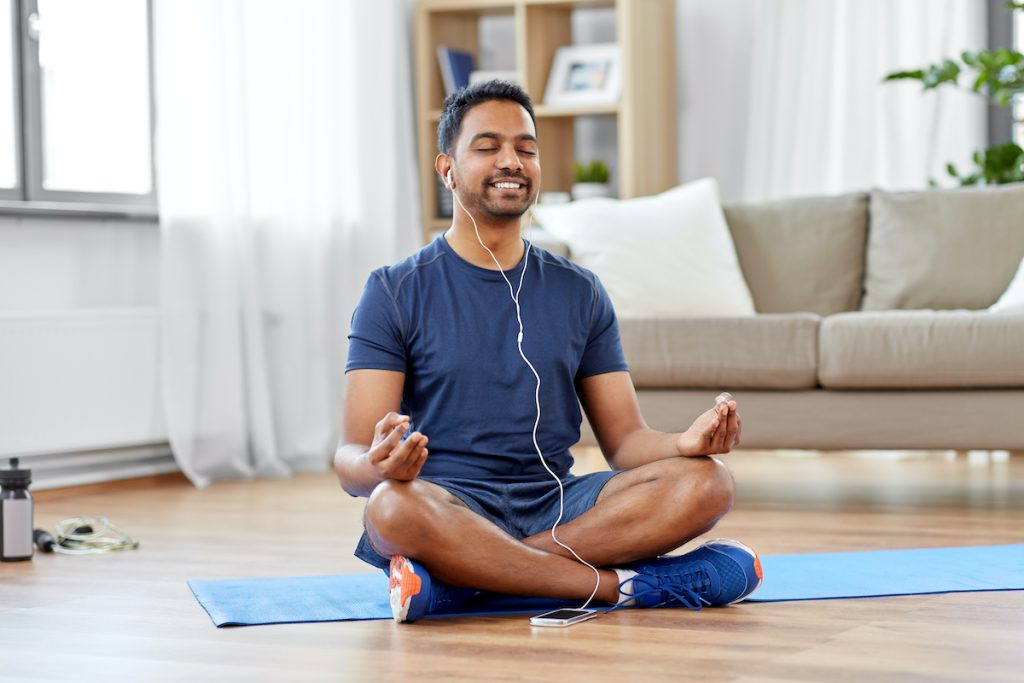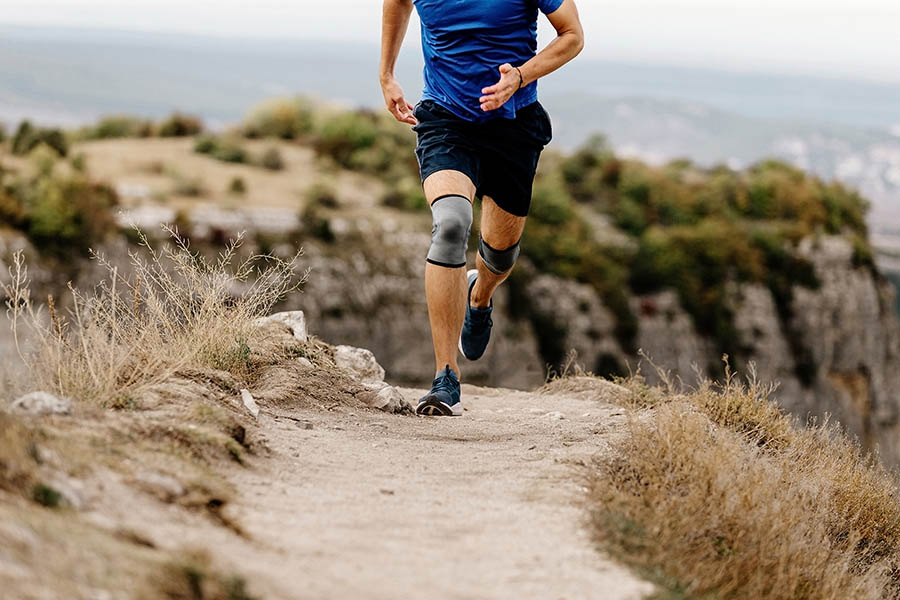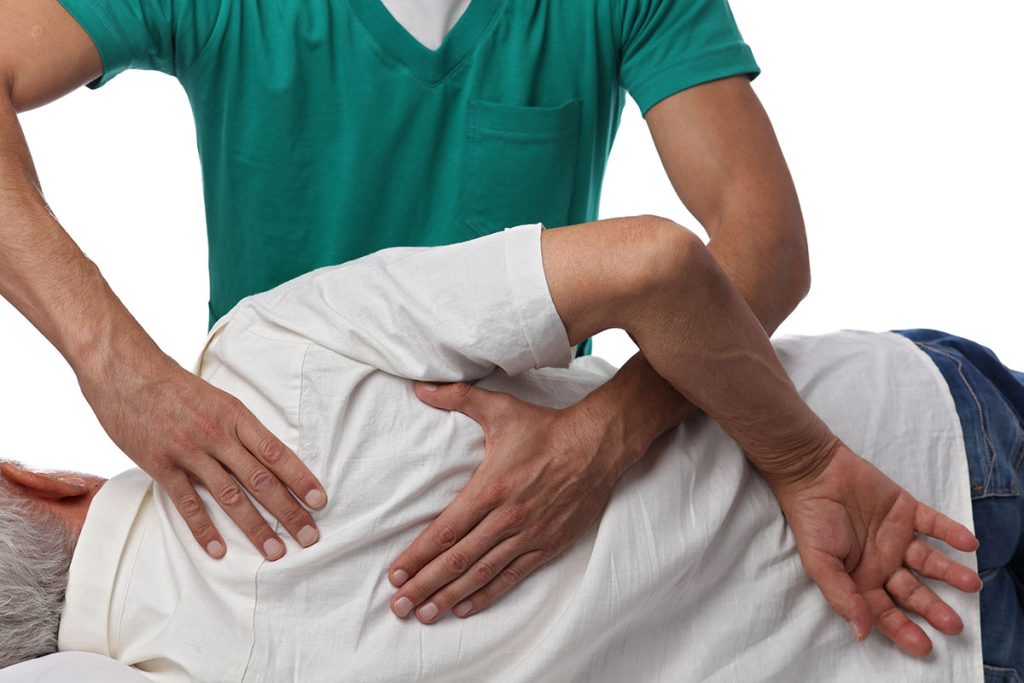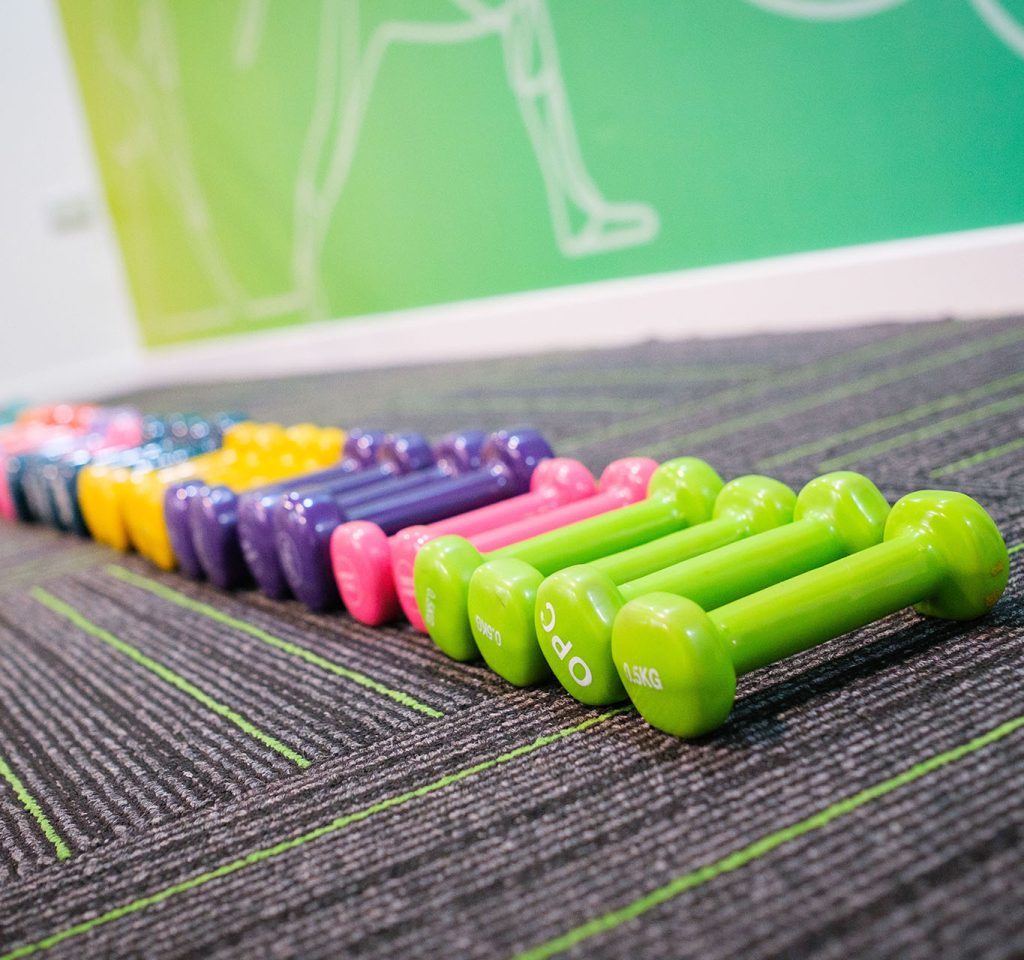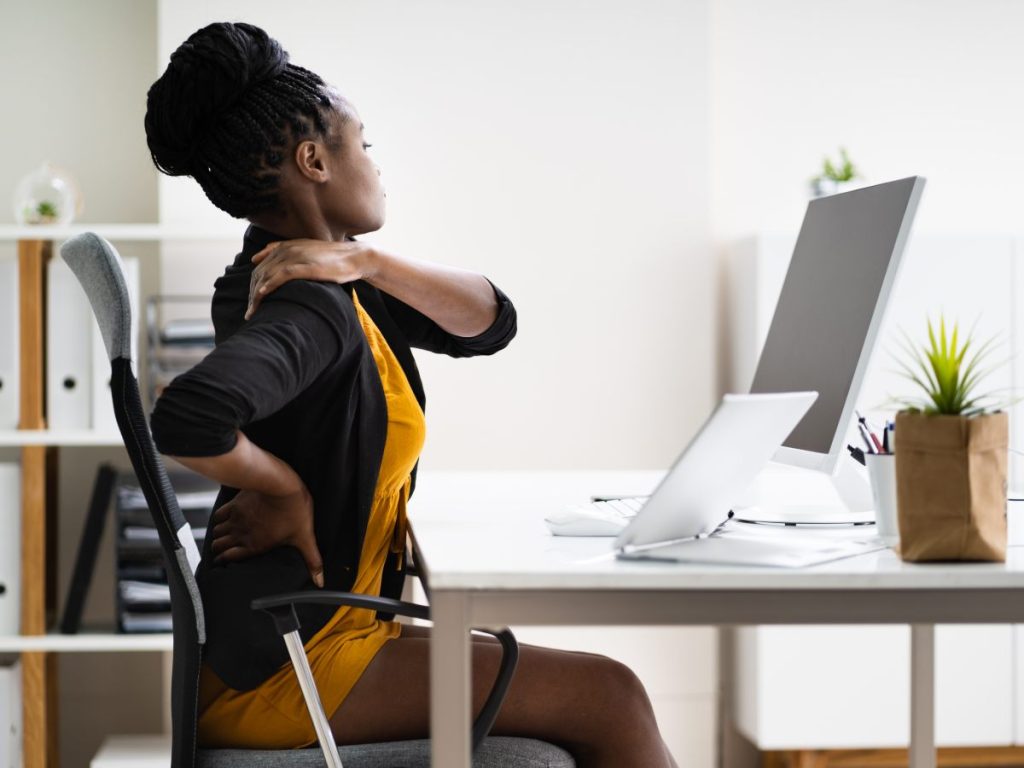We all appreciate good posture when we see it, but how often do we put it into practice ourselves? It’s easy to let your spine fall into a slump when you’re concentrating at work, standing in a queue or lounging in bed watching TV. You may think a bent spine is no biggie but hunching over laptops and slumping in your office chair can lead to muscle fatigue, spasms and increased back and neck pain.
Here are five daily scenarios where you should take heed of our tips to combat bad posture.
1. Standing in line
Queuing is a fact of life, but you don’t need to let your posture go to the dogs just because you’re bored out of your brain.
The wrong way – A common tendency when standing for periods of time is to distribute our weight onto one leg while hanging off or leaning on that hip by sticking it out and tilting our pelvis down on the other side. We find this comfortable because it is using the passive tension in a ligamentous structure on the outside of the thigh/hip called the iliotibial band (ITB) to hold us up and doesn’t require much muscle activity. The problem with this is that it can lead to hip problems, knee problems, and back problems if done habitually and excessively.
The right way – Stand with equal weight on both legs. The first step is to be aware of what you’re doing, and whenever you find yourself standing with your weight on only one leg rather than two, correct it. Many people find that they’ve been standing like this habitually throughout their entire lives, making it a hard habit to break out of. Nonetheless, the more consistently you can correct this whenever you notice yourself doing it, the better off your hips and back will be in the long run!
2. Watching TV in bed
When you’re tired from a hard day at work, it’s tempting to lounge in bed and watch TV. But to avoid back pain, you may want to think about what position you’re lying in.
The wrong way – It’s easy to get engrossed in your favourite show and get comfortable by propping up your head with a large pillow. But if your head is bent at a significant angle you’ll be putting stress on your neck and shoulders.
The right way – Watching TV while in bed can create excessive strain on your neck and lower back, so it’s best avoided by using a chair or couch instead. But if you must, prop some pillows behind your back for support, bend your legs and place a pillow under your knees.
3. Sitting at work
Even if you try to incorporate a variety of movement into your day, if you work in an office, chances are you’ll be sitting for a good portion of it. It can be a challenge to maintain good posture when sitting at a desk, but you can try and get into the habit.
The wrong way – The result of typing (or texting) when you’re tired is something called ‘text neck’. Slowly our bodies hunch over and our necks are bent forward too far. A sub-optimal ergonomic setup will also exacerbate issues associated with prolonged sitting.
The right way – A very helpful cue for sitting posture is to ‘sit tall’. Be aware of your head position – your ears preferably should not be in front of your shoulders, they should be directly above them. The height of your chair should allow your feet to be flat on the ground and your knees to bend at a natural 90-degree angle. Your forearms ideally should be able to rest on your desk without your shoulders hunching forward, up or down. If your chair has good back support, it is ok to sit with your bottom to the back of the chair so your back is supported, so long as it allows you to maintain the directions given above. A sit-to-stand desk can help to break up long periods of sitting, and is best used alternating between sitting and standing 20-60 minutes at a time.
4. Lifting heavy objects
If you must lift a heavy object, you can avoid doing yourself an injury with some thought to the following:
The wrong way – When lifting heavy objects, most injuries occur when you’re either tired and/or in a hurry. Taking an extra couple of seconds to think about your lifting technique and posture may save many future trips to your physio or chiro!
The right way – Position yourself so the load is as close to your centre of mass (your trunk) as possible. Bend your knees and use your legs to lift. Lift slowly and with control. Move your feet to turn, do not twist your back while it is under load. Most importantly, take your time. Plan your lift and ask yourself – where are you lifting the load to? How will you put it down? Is the path between clear and safe? What is the best way to lift this load? Etc.
5. Slouching while driving
If it’s late and you’re tired, slouching is likely to occur at the wheel when you’re driving home. Check your posture and over time it should be a less painful experience.
The wrong way – you can get upper and lower back strain if your seat is in the wrong position, i.e. too far away from the wheel, too low, or angled incorrectly.
The right way – your car seat should support your spine, try a lumbar pillow at the lower back if it doesn’t. Sit close but not too close to the steering wheel, your arms should be able to move easily, and elbows should be low and close to the body. Seat height is also important; it should be as high as it can comfortably go, but not to high such that it makes you hunch. Recline the seat approximately 15-30 degrees.
If you’re experiencing pain, or need advice on improving your posture, talk to our chiropractors and physiotherapists at BodyViva today.


